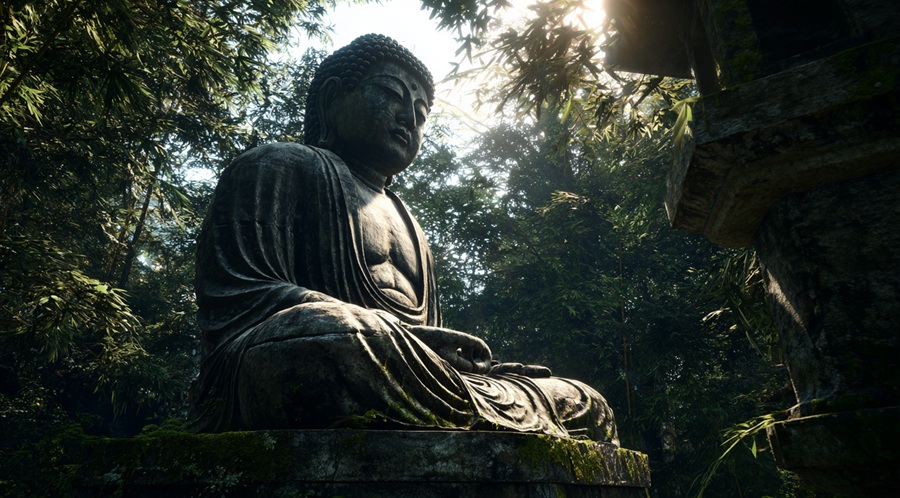
Great Buddha
Japanese Name:
大仏
Romaji Name:
daibutsu
Description
↓↓
The Daibutsu, or Great Buddha, is a famous and iconic representation of Buddha in Japanese culture. It typically refers to large statues of the Buddha, especially those found in Japan, which are considered significant religious, cultural, and historical symbols. The term "Daibutsu" literally means "Great Buddha," with "dai" meaning "great" and "butsu" meaning "Buddha."
History
↓↓
The Daibutsu is a large statue of Buddha, representing his spiritual presence and teachings.
The earliest large Buddha statues in Japan date back to the 7th–8th century, during the Nara period.
The most famous, the Great Buddha of Nara (Todai-ji), was completed in 752 and symbolizes peace and protection.
These statues were inspired by Chinese and Korean Buddhist art brought to Japan by monks and craftsmen.
During the Edo period (17th–19th century), many regions constructed smaller Daibutsu as local religious and cultural symbols.
Today, Daibutsu statues remain important historical, religious, and tourist landmarks in Japan.